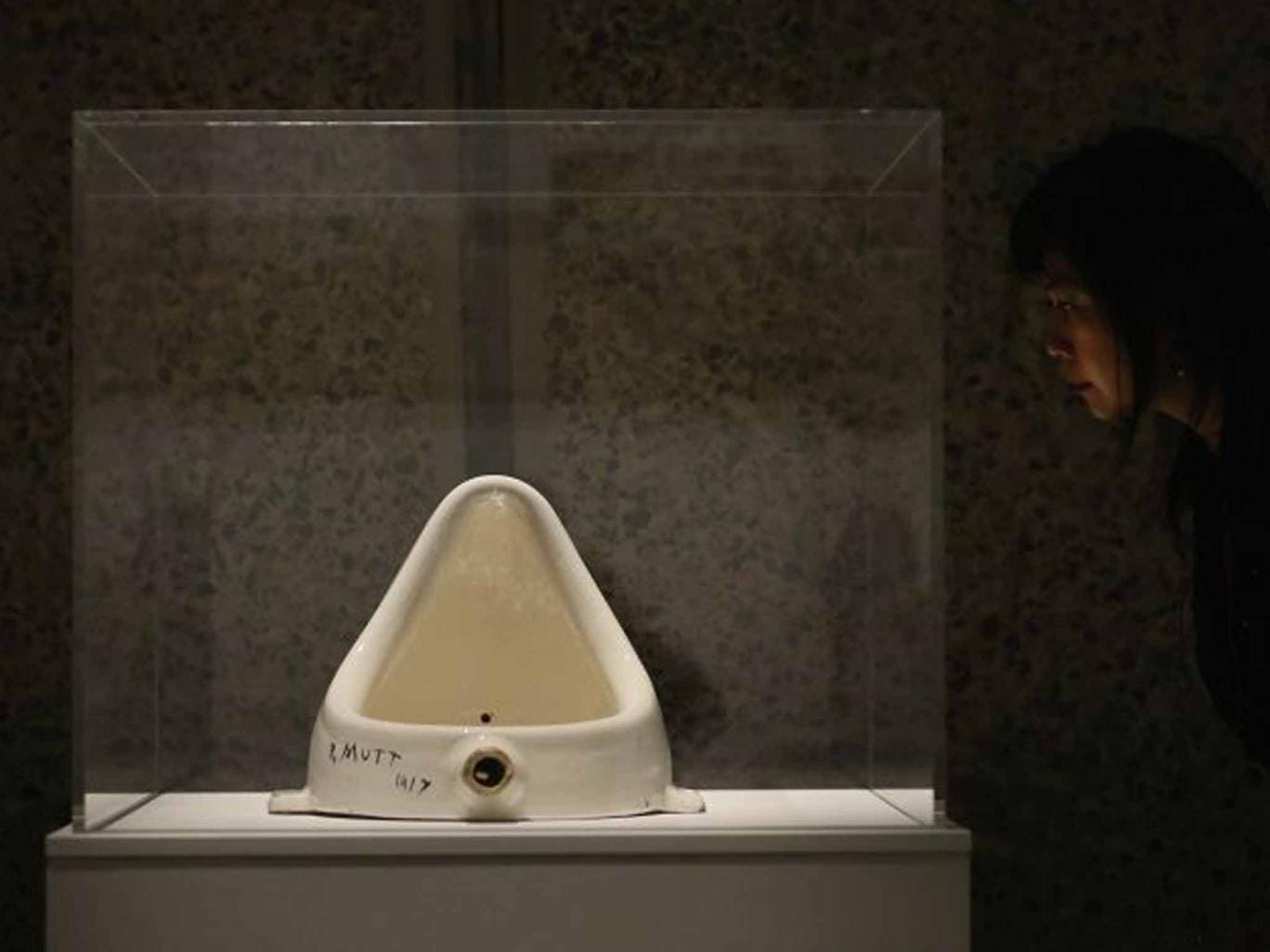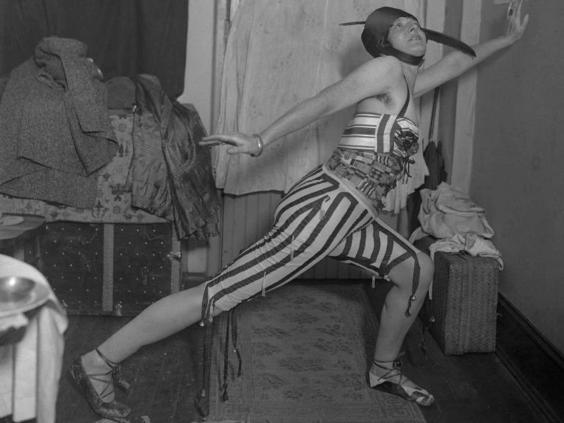1. Pose the questions:
- What is a playground?
- What is play?
- How does play differ from other aspects of life? Ie. work, school, etc.
- Why is play important?
- What lessons are learned on playgrounds and during playtime?
- How does an environment affect how we act and interact with others?
- What is an ideal play environment?
- Explain that the photos are actually composite images. Mollison carefully selected scenarios and circumstances from his photos, and compiled the ones that reflected his memories and experiences.
- “Most of the images from the series are composites of moments that happened during a single break time—a kind of time-lapse photography. I have often chosen to feature details that relate to my own memories of the playground. Although the schools I photographed were very diverse, I was struck by the similarities between children’s behavior and the games they played.”
- What themes or similarities do you see in these photographs?
- Open space
- No adult supervision
- Friendship
- Conflict
- Isolation (loners)
- Exploration
- Structure - or lack thereof
- Physicality
- Movement
- Danger
- Games
- How do these relate to your own memories of playgrounds and play?
- What differences do you see between these playgrounds?
- What are other aspects of play and playgrounds that you recall that maybe aren’t represented in these photos?
- How do you think Mollison chose which scenarios and images to include and omit?
- How is the idea of truth and reality altered through this photographic manipulation?
Anne Hamilton
Toshiko Horiuchi-MacAdam
Isamu Noguchi
3. Create a Playground Diorama using Collage
- Explain that just as Mollison created created a narrative and story by carefully selecting images to composite together, we will be compositing images together through college. (If dioramas are made in groups the tie could also be made to collaboration as a composite of ideas)
Questions to consider while constructing your playground:
- What type of space is it? Are there trees? Tables, swings, balls, toys, other contraptions?
- How do figures interact within your playground? Are they in groups? Are they on their own? Are they in conflict? Playing games? Sitting? Standing? Touching and being physical (ie wrestling, holding hands) or are they playing but not interacting physically? Are they standing, walking, running? What type of motion are they in? Etc.
- Will you choose to represent an ideal play scenario? Or a true memory?
- Where is your playground located?
- What type of space is it?
- What objects are there? Tables, benches, pathways, swings, balls, toys, other contraptions?
- What games are being played?
- How do figures interact within your playground? Are they in groups? Are they on their own? Are they in conflict? Playing games? Sitting? Standing? Touching and being physical (ie wrestling, holding hands) Are they standing, sitting, laying down, walking, running? What type of motion are they in? Etc.
- How does your environment encourage or discourage certain behaviors?
- Who will be playing on your playground? Children, teenagers, adults, all of the above?
Materials
- Small cardboard boxes
- Wire, popsicle sticks, cardboard tubes, pipe cleaners, aluminum foil
- Newspaper - paper mache
- cardstock
- tape
- Images for collaging - photographs, magazines etc
- Scissors
- Glue
- Matte acrylic medium or modge podge
- Brushes
- Markers, oil pastels, paint
4. Photograph each group or individual and create diptych photos of the artist and their work (in the style of Morrison’s other photographic series - “What refugees carry” “Where children sleep” or "Collectors and Collections" Accompany the photographs with a brief artist’s statement. Have participants complete the phrase “A playground is _________”
5. During the workshop, take several photos of participants “playing”. Create a composite image of the workshop experience.





















